Need to concentrate on your job, but can’t fight the urge to squint on your phone screen every time? You might need to manage your screen time on your Android phone then.
In today’s world, we are all concentrated on our phones, as if our life depends on it. Everything we do, we depend on our trusty, handy companions. Yes, we can feel that we are in the trend, but it also feels like we are all losing our own humanity. Now, we all feel lethargic whenever we do our work. We might even feel irritable when we interact with other people.
But let’s face it, gaining control over how you use your phone is easier said than done especially now that many were pushed to work or study from home. Once your messaging apps ping, there is a sudden rush open them until you realize you are glued to your phone for hours already. Excessive use of mobile phones can ruin your productivity. Thankfully, there are now apps you can use to manage your screen time on Android.
Why the Need to Manage Your Screen Time?
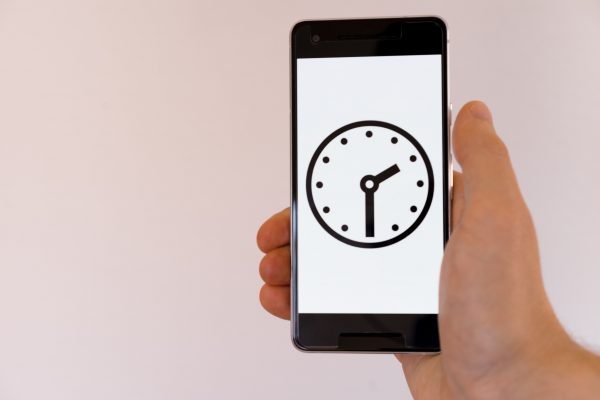
We live in a society where we rely on everything on our phones, which makes other people forget that there is life outside the virtual world. Here are the reasons why we need to manage our screen time:
1. Nomophobia
It is truly tempting to check what’s up with our friends. We also tend to Google the signs and symptoms of illnesses, without even consulting a physician. When we fondly trust in our phones, this can be called phone addiction, or also known as “nomophobia.” For now, it is still being debated in the medical field if nomophobia can be recognized as a form of addiction. Nomophobia is said to be similar to the symptoms of compulsive gambling. Losing your phone means difficulty in controlling your behavior, irritability, repeating the habit even if you tell yourself to stop, and many more.
2. Eye Health Problems
Undoubtedly, one of the primary reasons we need to manage our screen time is because of our eyes. With our overdependence on gadgets, physicians have coined the term digital eye strain. It is characterized as dryness of the eyes, dizziness, headaches, uneven sleeping patterns, and even neck and shoulder pain. This is caused by the blue light radiating from our phone screens. Even though you’ll only get a low risk of blindness from this illness, it is still better to be cautious when using gadgets.
3. More Screen Time = Less Physical Activity
We all love playing games and scrolling on our news feeds using our mobile phones, but we might be compromising on our physical health. Just like what was mentioned above, digital eye strain can damage your eyesight. Playing games for several hours on your phone can hamper your vision. Studies show that children that are focused on too much game time tend to be obese or overweight as they age. This lack of physical activity can lead to severe illnesses like cardiovascular diseases. Too much screen time can also lead to epilepsy and seizures.
4. Less Social Interaction
Imagine this: you and your family are all sitting at the dinner table. All of you are staring and scrolling at your phones. Then suddenly, one of your family members sent a message on your chat app: “Hey, what are we going to eat for dinner?”
Isn’t it a bit awkward that we talk to each other through chat apps when we can interact face-to-face? We always want to get updated with the latest news from our favorite celebrities or social media influencers. But what about our loved ones or friends? Because of too much screen time, we tend to interact less with our friends and family. This, in turn, can make a person possess low self-esteem, shyness, social isolation, depression, among others.
Useful Apps That Can Manage Your Screen Time on Android
Telling when to stop using your device is easier on iOS by just setting a sleep timer. Thankfully there are tons of apps that can help you manage your screen time on your Android phone too. These apps can help you maintain your wellbeing in your digital and physical life. This will be helpful for adults who live the digital experience. It can also help your kids control their screen time. Here are some Android apps that can manage your screen time:
1. Digital Wellbeing
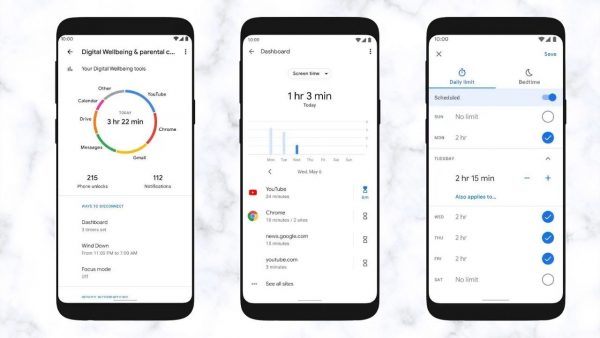
You do not need to look further when looking for the right screen time manager for your Android phone. Google’s Digital Wellbeing can give you a glimpse of your daily habits on your phone. It lets you set time limits on the usage of specific apps and set bedtime mode. It also has a Do Not Disturb and Focus mode. Do Not Disturb enables you to turn off notifications in a given time, while its Focus feature lets you pause specific apps so you can focus on more tasks at hand. This feature is readily available on Android Pie and up.
2. AntiSocial
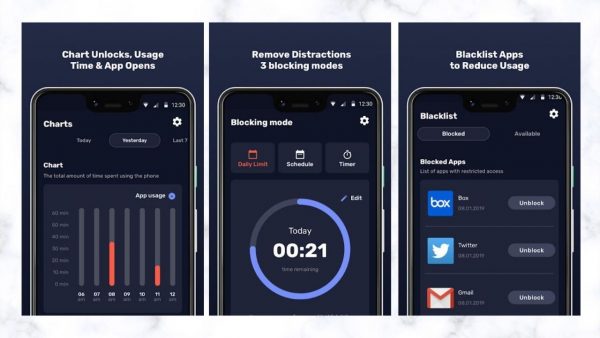
Another great app that can manage your screen time on your Android is AntiSocial. It lets you block apps, disable, and restrict app usage. What makes AntiSocial unique is you can compare phone usage statistics with other users. With these statistics, you can get an idea of what can be considered “normal usage.”
There are two versions of this app: the Personal and Paired. Both versions are offered for free. The Paired version, which is more suited for parents who need to monitor their kids’ usage, has an additional option for a subscription. You can subscribe to AntiSocial for $3.49 per month with a 14-day free trial.
3. StayFree
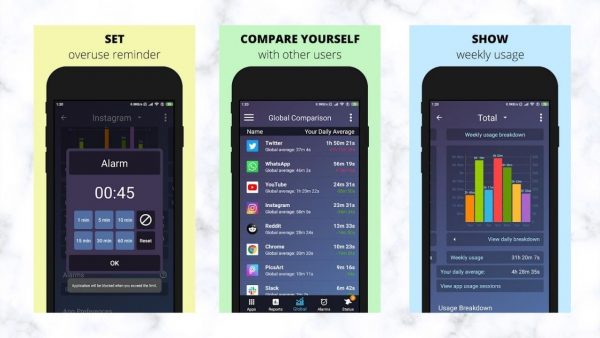
StayFree is another app that can control your screen time on your Android phones. It will remind you of the overuse of certain apps. It can also block these apps that you are overusing. With StayFree, you can also export your statistics and download them into a CSV or Excel format. With this, you can monitor your daily usage to help you digitally detox. This app is free to download on the Play Store.
4. SocialX
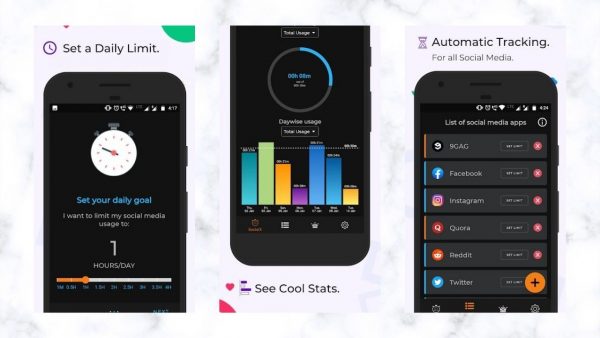
There’s no denying it ー we tend to look and scroll on our social media accounts every now and then. This is where SocialX comes to help. The ultimate intention of SocialX is to gradually stop you from using social media apps. But if you just want to manage your time on social media, then this app can help you with that. It does not only block specific apps but most importantly, it prevents excessive usage of your social media apps. This app helps you give more time to interact with other people personally and not just digitally. This app can be downloaded for free on the Play Store with an additional option for a subscription of $1.24/month for one year.
5. Space
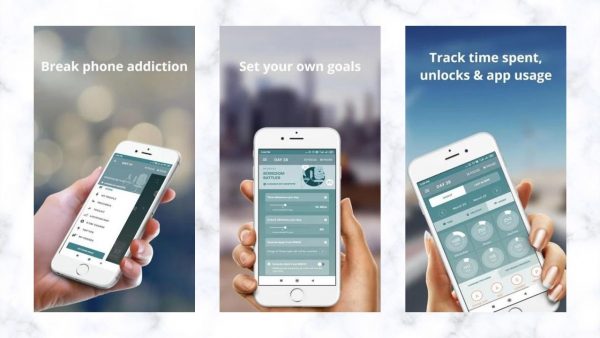
Give some Space on your life by downloading Space. This app will let you know what kind of user you are. It then manages your screen time according to your “digital personality.” You will also undergo an eight-day mini-course on how to balance your phone usage and live interaction. You can subscribe to the Pro version of this app for $8.99 for three months or $14.99 for six months. With this subscription, you can share your stats with your friends and family. Now, you can help each other manage each other’s time.
Essential Tips on How to Manage Your Screen Time on Android
Thanks to these apps, we can now manage our screen time on our Android phones. However, disabling them is just a click away from our fingers if you don’t get hold of your urges. For that reason, here are some additional tips on how to manage your screen time on your Android phone.
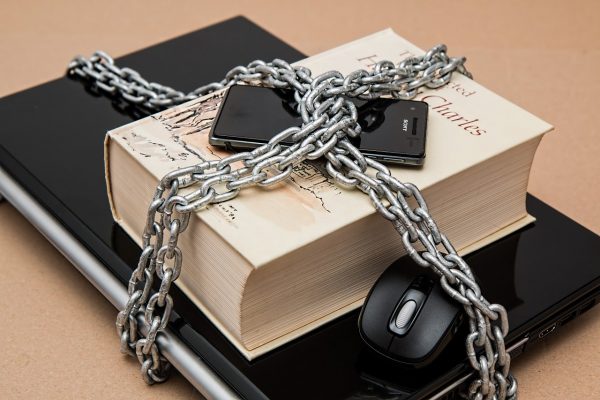
1. Enable Blue Light Filter on Your Phone
Most of the Android phones today can reduce the glare of their screen. You can do this by enabling the “blue light filter” on your phone. It makes your screen display a warm yellowish tinge, thus reducing the blue light emission of your phone. This in turn can help you reduce eye strain and reduce the times you stare on your screen.
You can enable this setting on most of the Android phones by going to “Settings,” then “Display.” Different phone manufacturers have different names on this feature. Samsung calls it as it is: “blue light filter”; OnePlus calls it “Night Mode”; Pixel Phones call it “Night Light.” On some phones, you can also find this option by swiping down on your notifications panel and find “blue light filter” on the quick settings.
2. Enable Dark Theme
Phones that have Android 9 and 10 in them can now enjoy the Dark theme on their phones. This makes your apps have a dark background with white texts. Just like what is mentioned above, dark themes help reduce the glare of your screen, thus reducing the strain when you look at your screen. Take note that some apps may not display this dark theme, so you will need to turn on dark themes on some of your apps manually.
Some Android 9 phones also have dark theme settings in them. Follow these steps to turn on the dark theme on your phone:
- Go to “About phone” then press “Build number” repeatedly until you see a “You are now a developer” pop-up.
- Find “Developer Options” then look for “Night Mode.” You can set this up to turn on automatically or to stay on at all times.
To turn on the dark theme on Android 10, follow these steps:
- Open “Settings.”
- Tap on “Display.”
- Enable “Dark Theme” on the toggle switch.
3. Set Up an App Timer
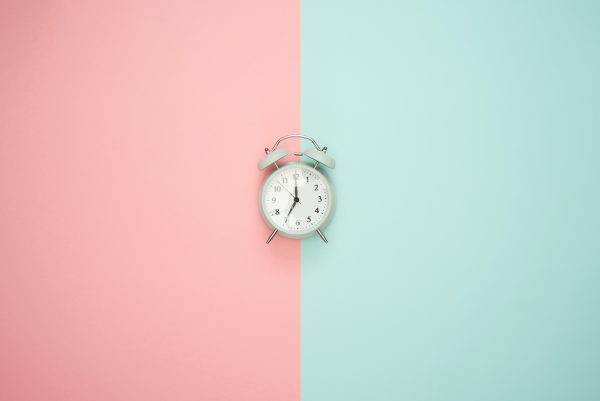
We tend to get hooked by funny posts we see on Facebook or videos we binge-watch on YouTube. We do not realize that precious time has already passed, and thus our time is wasted. Fortunately, some apps have a timer in them. This feature will remind you that you need to pause using these apps for a while.
You can set a timer on Facebook by following these steps:
- Go to the “Menu” (indicated by a three-bar icon or Facebook icon) at the bottom of the screen.
- Scroll down until you find “Your Time on Facebook.”
- Under “Manage Your Time,” press “See Tools.”
- Toggle “Daily Time Reminder” on, then set your desired time limit.
You can also toggle to turn on Quiet Mode. This option will mute your push notifications so that you won’t check your phone every time. You can also schedule muting these notifications by pressing “Scheduled Quiet Mode,” then select your desired time to mute them.
YouTube also has a sleep timer so you can manage your screen time on your phone. To do this, tap on your profile picture, then tap “General.” Toggle “Remind me to take a break” on, then set your desired schedule. This way, you can curb your desire to watch videos on YouTube.
4. Enable Do Not Disturb on Your Android Phone
This little feature may go unnoticed by some Android users. It is because this feature is usually turned off. The “Do Not Disturb” feature basically turns off notifications on your phone. With this, you can curb that urge to respond to that “ding” on your phone.
On most phones, you can enable “Do Not Disturb” by swiping down on your notifications panel and tapping “Do Not Disturb.” You can also enable this setting by going to “Settings,” then “Sounds and notifications.” You will find a “Do Not Disturb” setting there. You can also set which apps can be whitelisted, and designate what time should this feature be enabled, so you will not miss out on some critical notifications.
5. Download a Time Management App
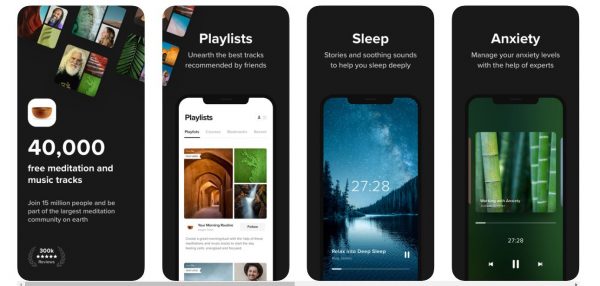
There are tons of time wasted whenever we scroll on our news feed. This is an example of bad time management. If you somehow find it difficult to control the urge to check your phone, there are time management apps that can help you control your time efficiently. These apps can help you plan your appointments and tasks efficiently. This method can help you devote more time to your tasks at hand and not on your smartphones.
6. Install meditation and fitness apps
Most of us are guilty of this habit: we tend to check on our phones before we go to sleep. That is not truly healthy. This behavior can affect our sleeping patterns, thus may result in sleeping disorders. If you badly need to manage your screen time, you might want to download meditation apps. These meditation apps offer various ways to help you breathe and sleep, instead of spending your nighttime with your phone.
Final Word
We heavily depend on our phones on a daily basis. This tends to result in problems that can deteriorate our own wellbeing. Now is the time we need to limit our screen time on our Android phones. We need to devote our energy and time to our own life. Turn down your phones first and focus on your wellbeing.
